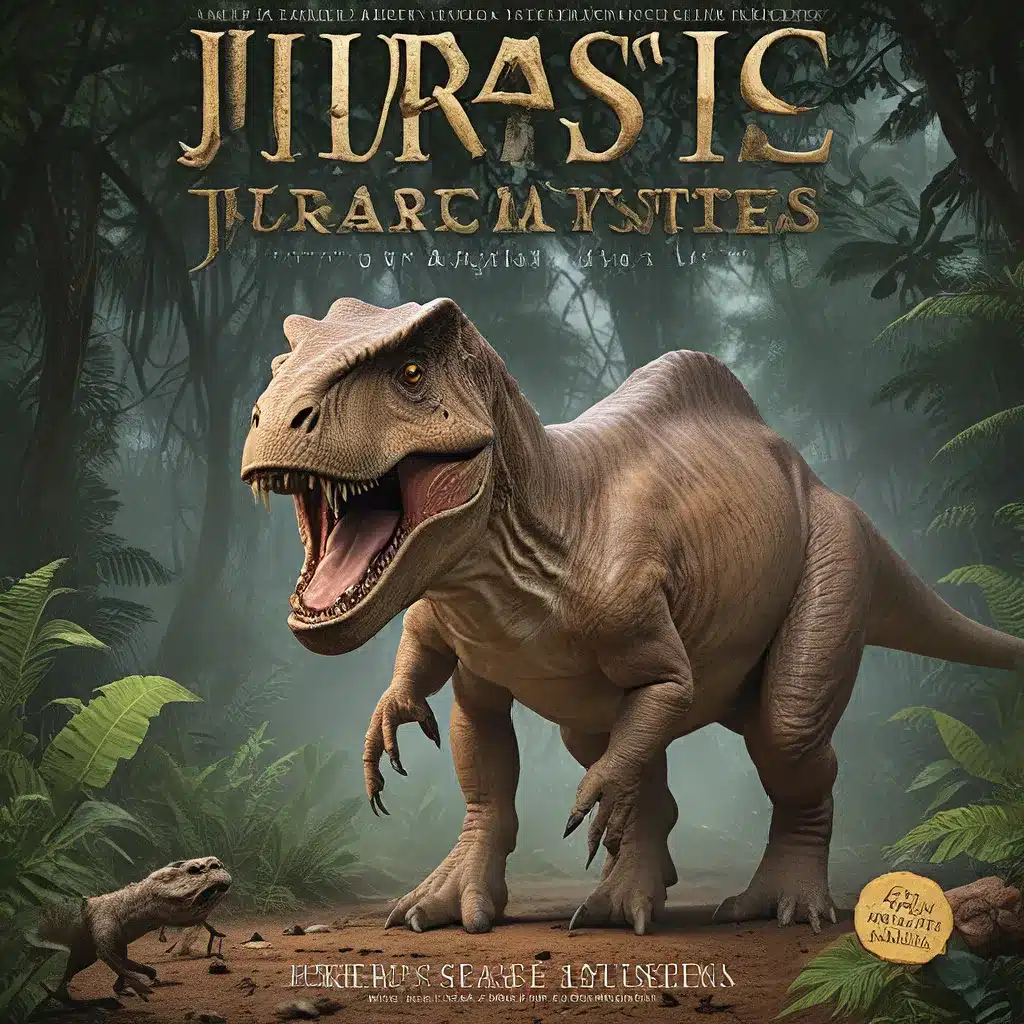
Unveiling the Secrets of the Apatosaurus
Discovered back in 1877 by Arthur Lakes and Henry C. Beckwith in Morrison, Colorado, the Apatosaurus became a star of paleontology when named by Othniel Charles Marsh from Yale University. This monumental discovery marked a turning point in our understanding of prehistoric giants.
Fast forward to 1916, a new species emerged in Utah thanks to William Holland’s findings – the Apatosaurus louisae. The name Apatosaurus itself carries a powerful meaning, hailing from Greek roots that translate to “Deceptive Lizard,” a nod to its impressive yet graceful physique. The addition of A. louisae to the Apatosaurus lineage was a touching tribute to Louise Carnegie, the esteemed wife of philanthropist Andrew Carnegie.
The pivotal moment came in 1916 with the unearthing of the A. louisae skull, clearing up any previous misconceptions about its structure. Initially, there was confusion as the skull was mistakenly associated with the Camarasaurus. This discovery shed light on the true nature of this magnificent creature, showcasing its unique features and setting the record straight in the world of paleontology.
Unraveling the Enigmas of the Apatosaurus
The Apatosaurus stands out in the dinosaur kingdom with its iconic long neck and robust limb bones, a design that provided both strength and support. This colossal herbivore was not just another dinosaur; it was a testament to the incredible diversity and evolutionary marvels of its era.
Weighing between 149 to 203 metric tons and stretching 21-23 meters in length, the Apatosaurus was a true marvel of nature. Its size and strength paint a picture of a dinosaur that was both imposing and graceful, a creature that commanded respect in the prehistoric landscape.
The Apatosaurus embodies the heart of evolutionary mysteries and scientific controversies that have fascinated researchers and enthusiasts alike. From its classification to its lifestyle, every aspect of the Apatosaurus invites us to explore deeper into the past.
The Dietary Habits and Ecosystem Role of the Apatosaurus
During the Late Jurassic period, Apatosaurus dominated the Morrison Formation in regions like Wyoming, Colorado, Oklahoma, and Utah as a magnificent herbivore. This colossal dinosaur wandered through expansive landscapes, munching on various plants and playing a vital role as a key browser in the ecosystem.
With its sturdy leg bones, the Apatosaurus moved with strength and grace in its habitat, showcasing a powerful yet elegant lifestyle. Moreover, its tail’s unique design served a dual purpose, potentially acting as both a defense mechanism and a sensory tool, aiding the Apatosaurus in efficiently navigating and interacting with its surroundings.
Estimates suggest that the Apatosaurus could consume up to 400 kilograms of food daily to sustain its massive size. Its herbivorous diet consisted of low-lying plants and possibly soft leaves from higher trees. Interestingly, the Apatosaurus also ingested stones, known as gastroliths, which aided in its digestion.
Resolving the Confusion: Apatosaurus vs. Brontosaurus
When comparing the Apatosaurus to the Brontosaurus, we uncover significant differences in neck width and strength, sparking ongoing discussions in the scientific community about their classification. The debate over these dinosaurs’ identities has raged for years, with new fossil findings shedding light on their unique characteristics.
In the early 1900s, Elmer Riggs caused a stir by suggesting that Brontosaurus should be merged into Apatosaurus, challenging long-held beliefs. Recent studies on evolution have rekindled interest in distinguishing between these two genera, underscoring the importance of precise taxonomy in unraveling the mysteries of dinosaur evolution.
The scientific community remains divided on whether Brontosaurus deserves recognition as a distinct genus, highlighting the intricate nature of identifying and classifying fossils in the field of paleontology.
Uncovering the Apatosaurus’ True Nature
The name Apatosaurus translates to “deceptive lizard” in Greek, reflecting the confusion in paleontological classification. This term highlights the fossils’ misleading appearance, as they were initially mistaken for sea reptiles due to the similarities in bone structure.
As we gaze upon the towering Apatosaurus, we must remember that appearances can be deceiving. Just like this majestic creature’s lizard-like exterior hides its true nature as a gentle herbivore, the world around us may hold hidden truths waiting to be uncovered.
The legacy of the Apatosaurus and its brethren reminds us of the ever-evolving narrative of life on Earth, encouraging us to keep questioning, exploring, and marveling at the natural world’s wonders. By embracing the mystery and complexity of the past, we can unravel the enigmas of prehistoric life and gain a deeper understanding of our own origins.
Explore the website to delve into more captivating stories about the ancient world and the incredible discoveries that continue to reshape our understanding of history.


